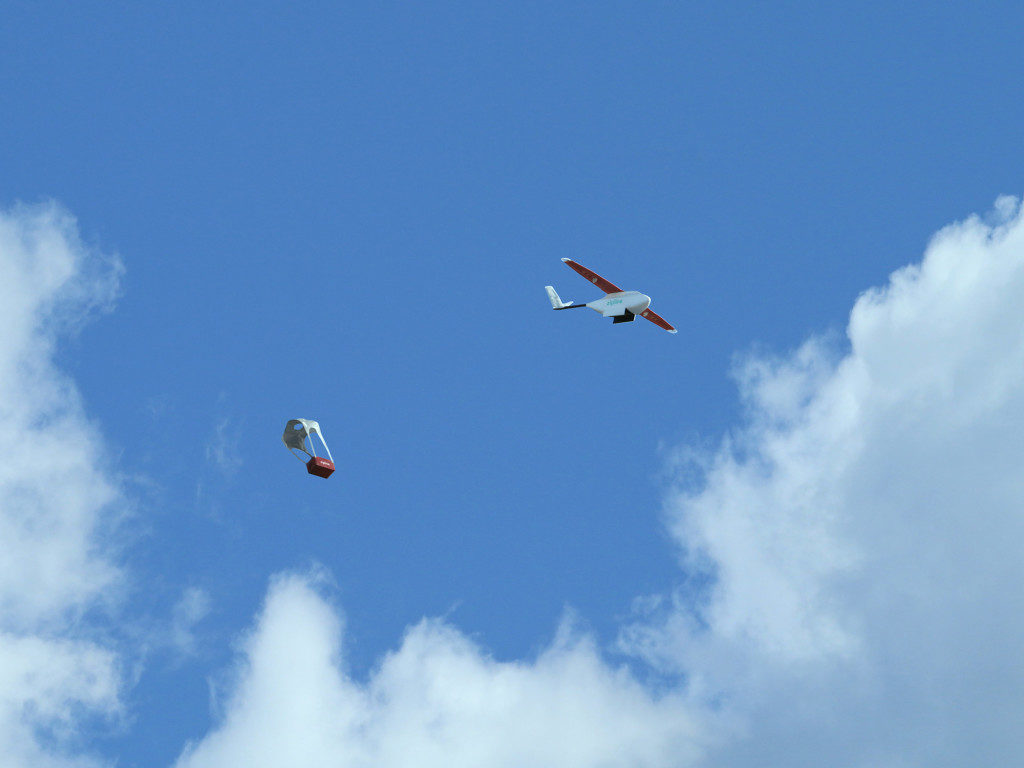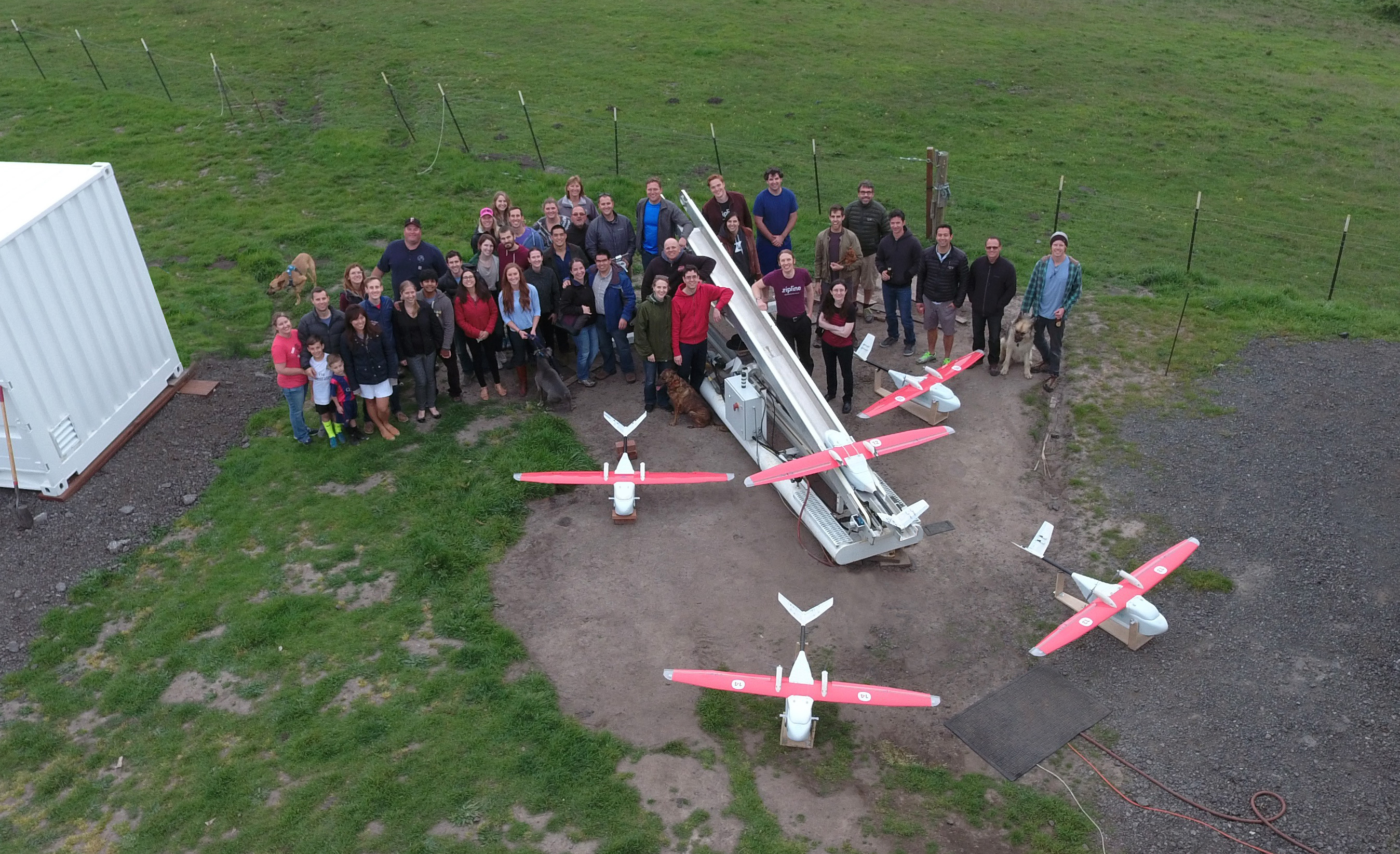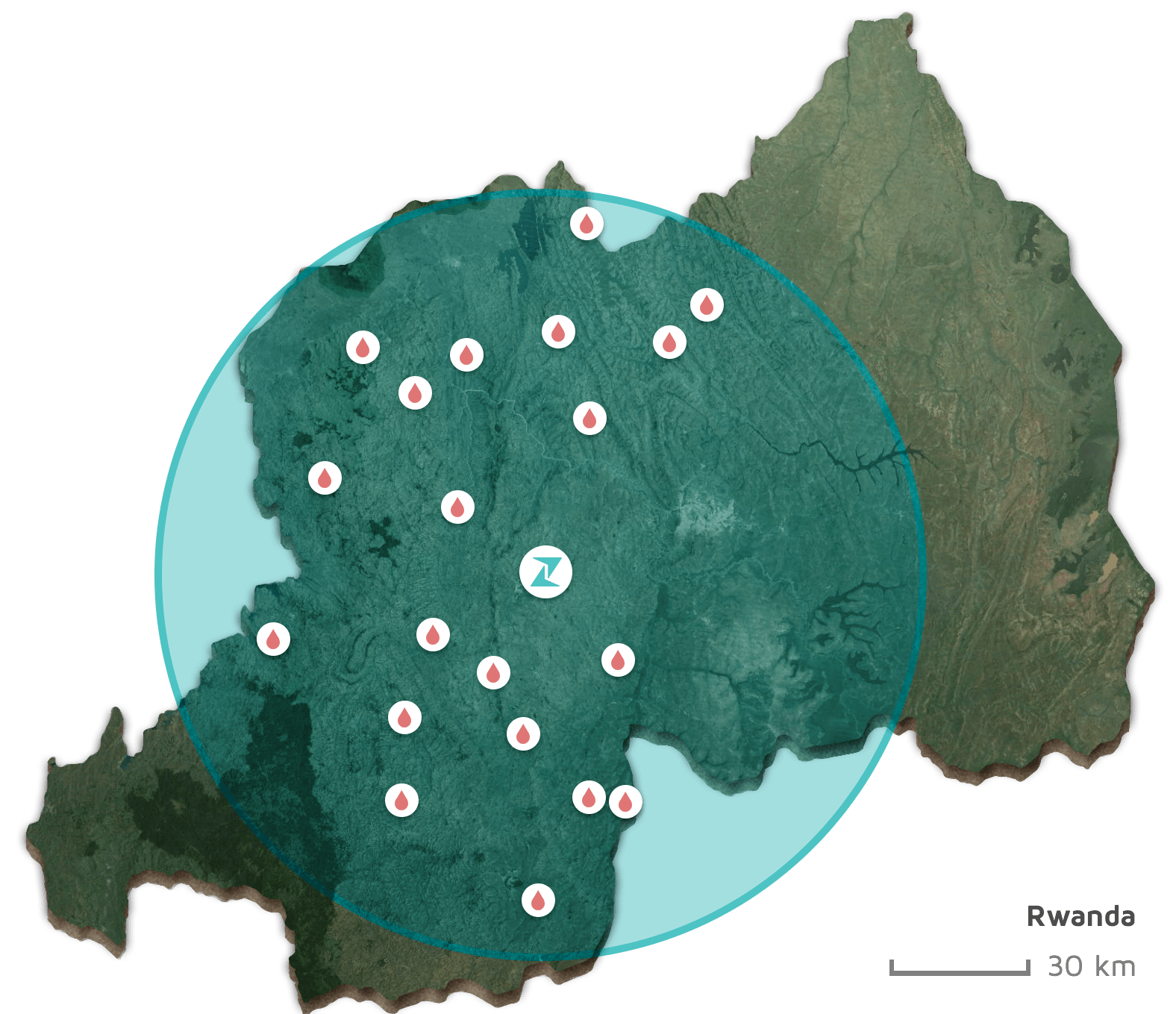For several years now, we’ve been told that drone delivery is on the way. That the likes of Amazon and Google are perfecting UAV systems that will descend from above to drop off our online shopping. But while the technology is arguably ready for this next step in drone adoption, regulations and public doubts continue to hold aerial delivery services back. In one case, medical supplies are being delivered by drones in Rwanda…and they’re saving lives.
In life and death situations these fears and doubts are put to one side, and the potential of technology comes first. For that reason, it’s no surprise that one of the first places to adopt drone delivery services is in Rwanda, Africa. When roads and transport infrastructure are in disrepair or still being developed, sometimes it’s best to take a more direct, aerial path.
The company behind the most recent innovation in medical drone deliveries? That would be Zipline, the Silicon Valley startup with a grand vision and the expertise to take things to the next level.
Earlier in the year, Zipline announced that it would, in partnership with Rwanda’s Ministry of Health, begin flying autonomous drones across the country to deliver supplies to hospitals and health centers. Currently underway, the company is developing the world’s first drone delivery system to operate on a national scale.

It might be difficult to understand why all of this is necessary. You might be wondering if this is simply a test exercise designed to add weight to the argument that similar technology in more developed countries. But that’s simply no the case. “To put it into perspective, when you don’t have paved roads, sometimes it’s impossible to get out to these hospitals and health clinics, and sometimes it’s just difficult,” Keller Rinaudo, Zipline CEO, said in an interview with The Verge. “It’s always unpredictable and unreliable.” The bottom line? Zipline and its drones are saving lives.
Take a look at Zipline’s latest video below.
So how does the system work? Well, despite there being plenty of complex engineering at its core, the whole process is remarkably simple. To begin with, Zipline is setting up delivery hubs adjacent to existing medical supply warehouses. Doctors in rural, hard-to-reach locations then place an order via phone or text, which is received by the Zipline center. This could be for a rare blood sample or a specific kind of medication. Next, the package is set up and attached to a Zipline drone, and a flight path is coordinated. The plane is then launched, flying autonomously toward the destination, where a waiting doctor will receive a notification and delivery time.
Once the parcel has been released, it parachutes safely down and the drone returns home.
The ultimate goal is to put every one of Rwanda’s 11 million citizens within a 35 minute delivery of any essential medical supply that they might need. It’s hoped that Zipline warehouses will be able to make 100s of deliveries per day.

Speaking to the Financial Times, Dr Agnes Binagwaho, Rwanda’s health minister, said that, to begin with at least, the cost of the drone operations was comparable to using vehicles. “The gap is narrow with the cost of doing business as usual and we expect it to come down,” she said. “But it will certainly save lives and what price do you put on a life?”
Drones in Rwanda: How Zipline’s Rwanda mission will affect future drone deliveries
At the moment it’s arguably only public perception holding drone deliveries back. The majority of people read explosive headlines about dangerous drones and their reckless pilots, and naturally think that the idea of domestic, autonomous deliveries is an accident waiting to happen. This skepticism puts pressure on politicians and legislatures.

To an extent, they are right. Drone deliveries will require sophisticated and bespoke infrastructure if they are going to be a success. And even then, a familiar problem in the final few yards that will remain: the unknown quantity that is inevitable human interference. These issues actually go some way to explaining why Zipline’s drone delivery project in Rwanda is set up to be a story of success. The drones are flying over rural areas, away from large populations, and are free from human interference during flight. On top of that, the simple parachute delivery mechanism means that there’s no need for complex architecture to be installed at every delivery point.
Successful deliveries via drone in Rwanda may not be enough to persuade the doubters in America and Europe. But at the very least it probably won’t be long before other countries, especially in less developed parts of the world, look to similar technology to deliver medical supplies quickly and effectively. Either way, we’ll be keeping an eye on Zipline’s life-saving progress.
